Cycling with teenagers: everything you need to know
Here at Cycle Sprog we have been writing about cycling with children since 2012, so in that time we've experienced the joys and challenges of cycling with teenagers. Whether your teen is a keen or reluctant cyclist, you’ll likely be facing a whole new wave of challenges, so we’re gathering here everything you need to know about cycling with teenagers.
You may be here for several reasons: you might be looking for ways to keep your teenager enthused about cycling to school, or helping them figure out how to keep their hobby going when they head to university. For many teens, cycling into town to see friends means not relying on the bus or a lift from their parents, and affords them some independence. When your children reach this age group, there’s a whole new range of fun challenges to contend with!
Over the years we’ve produced some very useful guides for parents of this age group, namely around finding the best kind of bikes and accessories for them. We’ve also got some other useful content in the pipeline, which we’ll be collating here so everything is easy to find. Stay tuned! Plus, there are a lot of guides we’ve linked to below that, while specifically written about younger children, contain a lot of useful information that’s just as relevant at any age group, so don’t be put off by that.
In the meantime, use the contents below to skip to the most relevant sections of this guide, and check out our advice on cycling with kids if you have younger children at home as well.
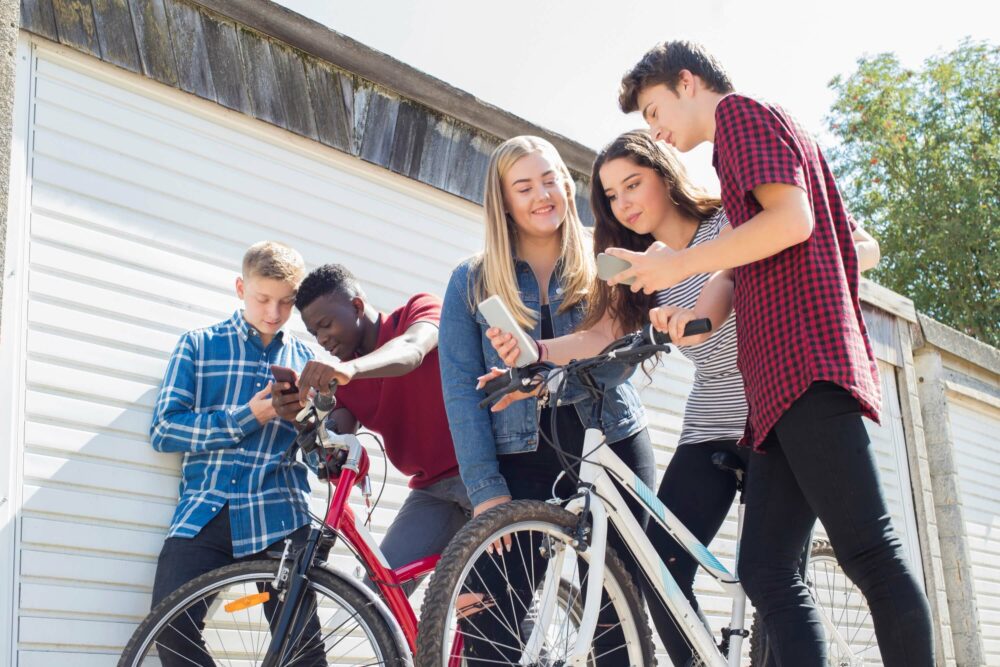
Contents
You can use the links below to choose which sections you want to read, based on your individual needs.
Top tips for cycling with teenagers
While we’re in the process of producing individual guides that go into a lot more detail of the subjects covered here, you’ll find below some top tips from Cycle Sprog co-founder Karen Gee, whose two sons are both in the midst of adolescence!
Riding without you
Trusting your teenagers to ride by themselves can be pretty daunting. No matter how well trained they are, or how much experience they have riding on the road with you, you’ll likely always be worried when they’re out riding without you.
The ability to perceive risk, as well as overall traffic awareness, needs to be built up over time, with lots of practical experience, and consistently reinforced. It’s possible that you’re already doing it, but if not, now’s definitely the time to start. While there’s a fine line between learning to trust them and overruling their protestations, stand firm in your convictions. If you don’t feel comfortable or certain that your child will be able to cycle safely, especially in traffic or on mountain bike trails, then you as the parent must have the final say.
It’s worth noting that most local authorities offer cycle training for children, and Bikeability level 3 includes lessons on the road. If you find it tricky to teach your teen to navigate traffic safely, then they may benefit from being taught by an outside instructor.

Motivating them
It’s all well and good to make sure they’re kitted out with the best bike and accessories, but what if they don’t actually want to ride? It can be difficult if you’re an avid cyclist who wants to pass on that joy to your children, only to find that they’re not interested at all. No matter how passionate you are about bikes, there’s no guarantee that they’ll share it as they grow older.
So, if you’re looking for ways to motivate them to keep on riding their bike, here are some things to consider:
- Getting a turbo trainer can be a great way of getting them exercising while still being glued to their screens. A Zwift account (or other similar apps) can also help, with the social aspect and gamification that comes with it.
- Hiring mountain bikes at a trail centre can provide a thrilling day out for the family.
- If you live near a track or velodrome, they might have open days where your youngster can try out a new cycling discipline.
- Going on a weekend bikepacking trip, whether that means camping overnight or staying at youth hostels and hotels, can be an exciting way to experience cycling.
- Check to see if there are any local cyclocross or BMX races.
- If you’re not already, think about ways you can incorporate cycling into your everyday life, together as a family.
Just remember that teenagers can often be resistant to trying new things, especially when the idea comes from their parents. Try not to push them too hard to compete or take on more than they can handle. Cycling at this age should always be fun. The best thing to do is help them to discover what they’re passionate about, in a pace that suits them, so follow their lead.
If you want a little inspiration, check out our interview with Aelwen Davies, who is now on the GB and Wales talent pathways, where she talks about discovering her love of cyclocross.
Periods and cycling
When they start getting their period, it’s worth reading up on the various hormonal phases of the menstrual cycle and how they impact mood and energy levels, so that you can best support them. It’s important to be aware that some teens will experience much more painful periods than others, and while it does sometimes seem counterintuitive, gentle exercise like a leisurely bike ride has been shown to help.
If this is a subject you would like to see more on, please let us know in the comments.
Keep cycling without them!
Yes, this is all about how to get your teenagers cycling and keep them happy while doing so, but let’s not forget something very important: it’s very likely that you’re really here reading this because you're a keen cyclist yourself.
As much as you want to share that joy of cycling with your youngster, when they hit this age group you have to accept that the hormones will kick in, and no matter how you approach it, when you try to persuade your dear offspring to ride their bike, it may fall on deaf ears.
That doesn’t mean that you can’t still go for a ride, though!
We know some parents, once their children are old enough to safely be at home alone, will go on their own bike rides rather than exert all their energy in trying to coax them out of the house. If cycling is your hobby, you shouldn’t give that up. Sometimes the best thing you can do is lead by example: go out on your bike ride, and when you come home, tell them all about the fun you had, about the delicious cake you had at the cafe stop, and you might find they’re more curious to come with you next time.
Our best advice, if getting your teens out riding is a challenge, is to persevere in being a cycling role model for them. Hopefully they’ll come around when they’re ready.
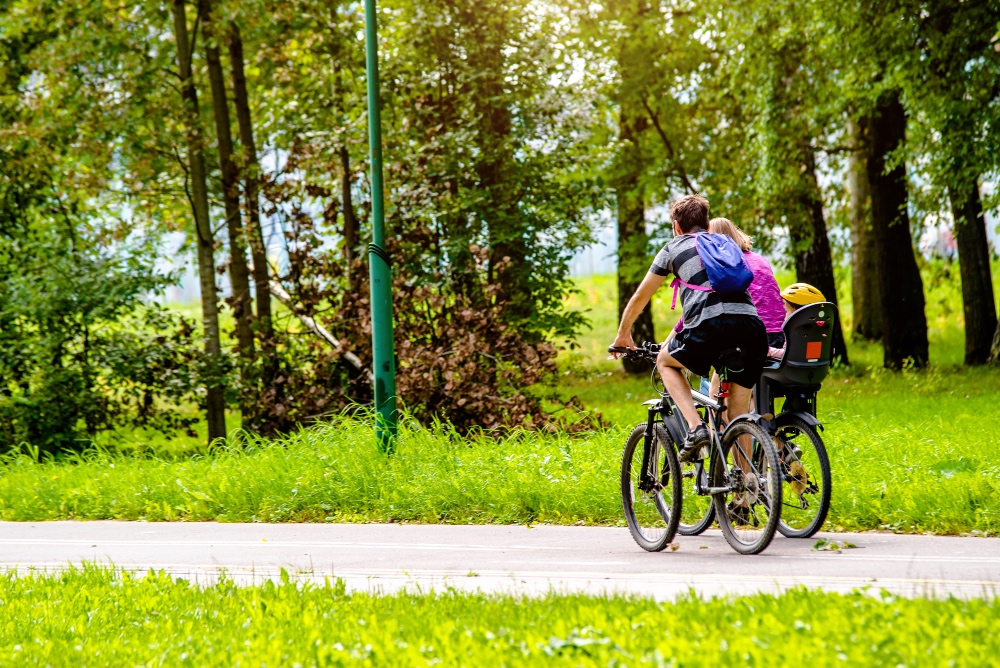
Buying bikes for teenagers
Cycling with teenagers can be easy or it can be hard, because every child is different, and their attitude may vary from day to day as well. If you want to encourage them to cycle, and to cycle together as a family, bear in mind that in addition to the usual obstacles (like weather conditions), you’ll be contending with hormone surges and mood swings, plus the unfortunate fact of life that many teens don’t want to be seen with their parents!
Whether your teen is brand new to cycling or has outgrown their old bike, ensuring that their experience is as enjoyable as possible can definitely work in your favour. So we’d say one of the key things to consider is investing in a high-quality bike that’s lightweight, built with decent components, and fun to ride. The more enjoyable the experience, the more likely they’ll want to do it.
To help you choose the best bike for your teenager, here are some key things to consider.
Sizing
By the time they reach the teenage years, the height between your youngster and their peers can vary greatly. For this reason there’s no clear cut one-size-fits-all when it comes to getting the right size bike, and the best thing you can do is measure their height and inseam length to be certain. Although our guide to how to easily measure your child for a new bike is written with smaller children in mind, the advice is just as useful for measuring older children as well. We’ve included a bit more detail on getting the right fit in is my kid’s bike the right size for them?, and if you have multiple children of different ages at home, then you might benefit from our guide to how to choose the right size bike for your child’s age.
For younger and/or shorter teens, you might find our guide to the best 26″ kids’ bikes helpful, while older and/or taller teens might benefit more from knowing what to look out for in an adult’s bike. While it’s important to use accurate measurements, as a general rule of thumb, 26” bikes work for a height range of around 4’ 10 and 5' 5 (147–165cm).

Different bike types
While buying bikes for your kids when they were younger might have been as simple as choosing the right size and colour, when they get older there’s much more variety to choose from.
The best bikes for teenagers and small adults come in many guises, and you might find yourself choosing between a road bike, mountain bike, or hybrid bike. We’ve demystified these in our types of kids bikes explained feature. For smaller teens there may be options available in our kids’ bike search.
Before you buy a bike for your teenager, answer these questions.
For off-road riding we’ve got guides to the best mountain bikes for teenagers and small adults and best kids’ full-suspension mountain bikes.
As for e-bikes, these are becoming a lot more popular now and it’s important to note that legally you have to be over 14 years of age to ride an EAPC (electrically assisted pedal cycle) bike, and these are the kind without a throttle, where you have to pedal to move, and that are restricted to 15 mph. For more on this, check out our article, are kids’ e-bikes legal in the UK?

Buying advice
Many of the guides we’ve created that offer practical buying advice may have been written with smaller children in mind, but the information still applies. For a full breakdown of what to look for, check out our guide to buying a kids’ bike.
If keeping the price down is important, then consider buying a secondhand kids’ bike, as you can find some real bargains that have been well looked-after.
Reviews
Over the years we’ve gotten up close and personal with many bikes of all sizes, and for all age groups. Keep an eye on our bike reviews, which we’re always adding to.
Cycling kit and accessories for teenagers
While safety is tantamount, what your teenager wears in public is something you’ll likely debate more than once! We’ve got lots of advice on the best kit and accessories for cyclists of all ages, but we’d also urge you to be mindful that your youngster is going to have a lot of opinions on the matter!
While there are plenty of teens who take cycling seriously and proudly wear Lycra, many wouldn’t be caught dead in it. The same goes for hi-viz! So there’s a balance to be struck between what keeps your mind at ease, and what they’re willing to be seen wearing. The best thing you can do is have a discussion about what protective clothing and accessories they’re happy to wear, and prepare to adjust your own expectations to compromise.
When it comes to safety, be firm about what your stance is, particularly in relation to visibility and the wearing of a helmet, and be clear and firm about where your boundaries are.
Some kit to consider includes the best kids’ cycling gloves, which not only keep their hands warm, but protect the delicate skin on their palms in the event of falling off. In changeable weather conditions, one of the best kids’ packable waterproof cycling jackets will come in handy.
For the colder months, swap out the thin gloves for some of the best kids’ winter cycling gloves, and invest in one of the best kids’ winter cycling jackets to help them stay warm.
In addition to this, there’s the added challenge of what they wear while cycling to school, as they’ll be in their uniform (which sometimes includes a specific jacket). We’d definitely recommend fitting their bike with some mudguards, to stop them from getting soaked from road spray when it’s been raining.
For more detailed information on cycling kit as and when they come in, keep an eye on our ever-growing collection of kids’ cycle clothing reviews.
Helmets
Provided you can wrangle them into wearing a helmet (a personal choice for any parent), then we’ve produced a guide to the best bike helmets for teenagers. We’ve had our hands on many of the helmets we recommend, while other parents have contributed their own experience. Be sure to check if the helmet you’re thinking of buying is featured in our kids’ bike helmet reviews.
For more practical advice on getting the right size and fit, check out our guides to how to measure your child’s head for a bike helmet, and how to check that your child’s bike helmet is fitted correctly.
If you’re delving a bit deeper into safety technology, there’s some useful information in our article, does my child need MIPS in their cycle helmet?
Finally, be sure to replace the helmet every 2-3 years, as the materials degrade over time, making it less likely to do a good enough job when there's an impact. This is particularly important to know if you were planning to hand it down to a younger sibling.
Helmets are also designed to only protect against one significant impact, and after that their structural integrity becomes questionable. So it's important to handle them with care. If a helmet gets thrown or dropped hard onto the ground, it may be compromised - and the damage isn't always visible.
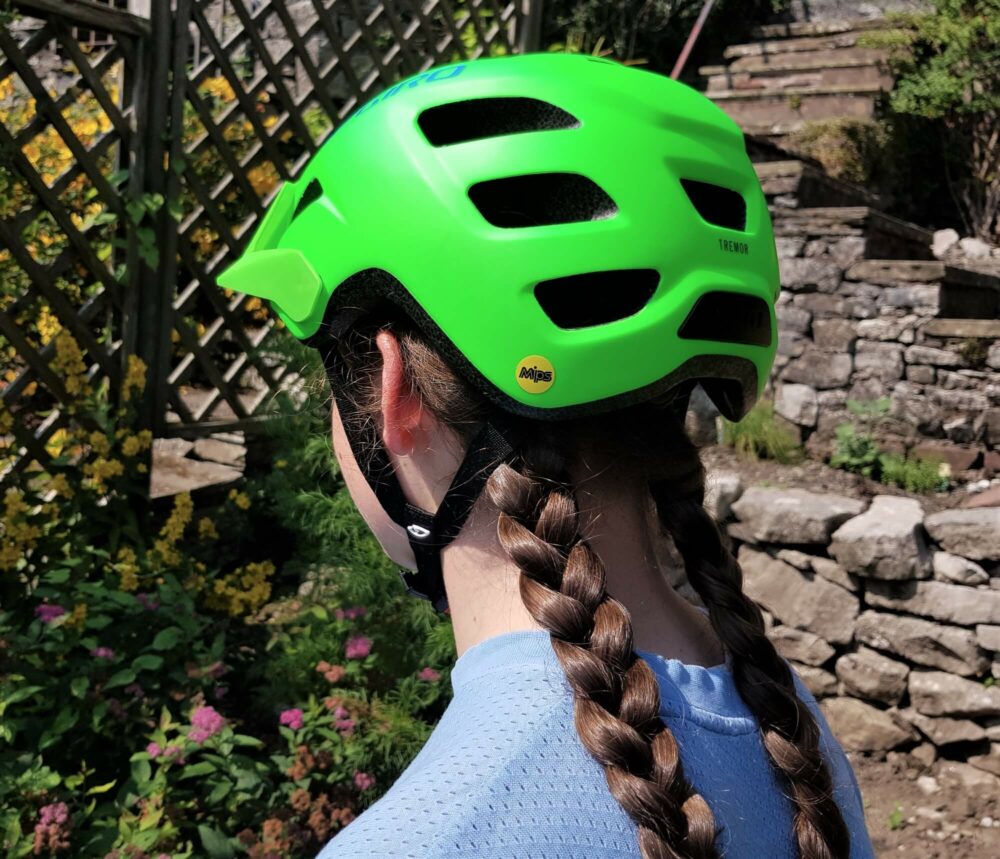
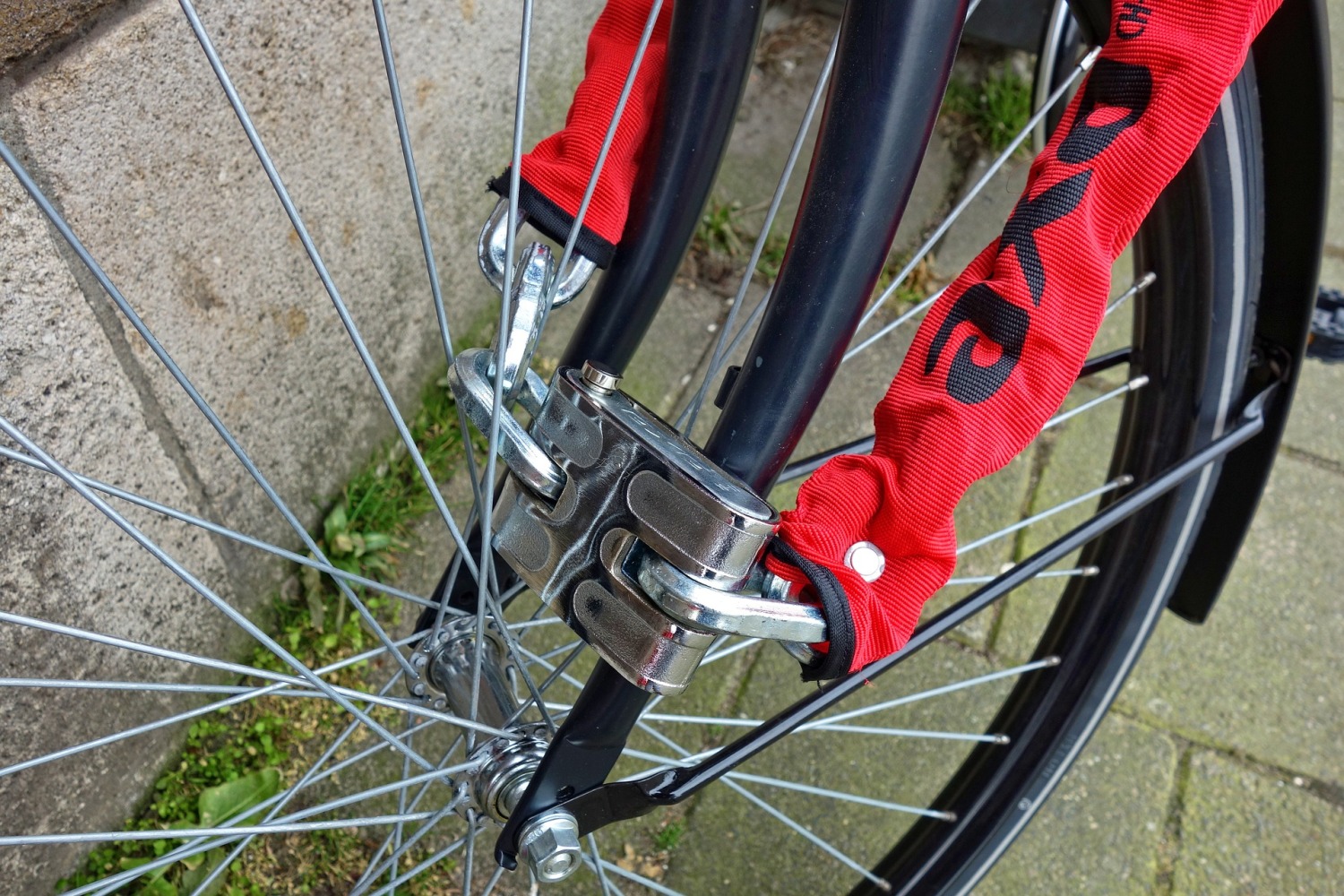
Bike accessories
There’s a plethora of accessories out there on the market, so if your teen really wanted to customise their bike and make it their own, they can. For now, though, let’s focus on the most useful accessories that make our bikes easier and safer to ride, and keep them with us in the long term!
First up, if they’re riding their bikes to school and back, or if they’re out with their friends at the weekend, it’s crucial that they lock their bikes to something secure so that they don’t run the risk of losing them to theft. While some areas are definitely safer than others, bike theft is a real problem, especially in large towns and cities, so equipping your youngster with one of the best kids bike locks will help them keep their precious bike safe. Don’t be put off by the title, although this particular guide was written with smaller bikes in mind, all the locks we recommend are high quality and designed to be used with bigger bikes as well.
If they’re likely to be cycling after dark, then it’s important to know that bike lights are a legal requirement. Not only do they light up the path ahead, but they help to keep cyclists visible in low light conditions, especially on the road. We’ve written a guide to the best bike lights for kids, but again, the lights we recommend are perfect for use by any age group.
Cycling tech
This is a bit of a first for us — we’ve spent so long writing about cycling with younger children, but when it comes to teenagers (especially in this day and age), we can’t ignore the lure of the screen. Kids are glued to their phones, sometimes to our despair, but technology is not all bad. In fact, if you’re trying to encourage your teenager out of the house and onto the bike, then harnessing their love of tech can be a really useful thing.
There’s an abundance of cycling tech available now, mostly marketed towards adult cyclists, but that certainly can capture the attention and imagination of teenage riders as well. Smartwatches can double up as performance trackers, gathering data and enabling them to make use of apps like Strava, to share their rides with their friends and compete against other cyclists in the local area. It’s like social media for cyclists, and can open up a new world that encourages them to get outside more. Other devices that fit the bill are GPS computers, which not only track performance and can provide turn-by-turn navigation, helping them to gain some independence when out riding alone or with friends.
It can be helpful to embrace the fact that our children are growing up in a very digital world, and while a reminder from mum or dad about getting some exercise will likely elicit nothing more than an eye roll, they might respond to a virtual reminder that they’re about to miss a weekly cardio goal. So it’s definitely something to consider.
Bike maintenance
Once they’re riding regularly and enjoying life on two wheels, it’s important to maintain their bike, so it can run smoothly for as long as possible. Bicycles are made up of many components, some of which are consumable, meaning they wear out with use and need to be replaced. In order to get the most use out of them before that point, keeping them clean and oiled (where appropriate) can prolong their lifespan. This means better value for money in the long run.
We’ll be producing more guides about bike maintenance in future, so keep an eye out for those, and in the meantime we have a guide to how to clean a kids’ bike, which contains lots of useful information for any age group.
Where to ride together
Once they hit the teenage years, they’ll likely want some independence, but we hope that you’ll still enjoy many more years of cycling together as a family as they grow up. If you’re looking for inspiration for family-friendly routes, whether it’s for weekend leisure rides or holidays in the UK and abroad, we’re building up a great collection of routes on Komoot. Komoot is a free route-planning app that makes it easy to explore your surroundings, find points of interest and landmarks, and make best use of traffic-free routes where they’re available.
We’ve also rounded up some of our favourite places to ride in various parts of the country, which you’ll find in our where to ride archives.
Some extra things to consider in relation to cycling alongside your teens, include your own skills and fitness level. As they get fitter and faster, will you be able to keep up with them? If you’re heading to a trail centre, what happens if they want to ride more advanced trails than you’re comfortable with? These are some practical and emotional considerations to make when cycling together as a family, and learning to let them go off by themselves.
Cycling to school
If your teen is planning to start cycling to school, then there are several things to consider before they get started. We’ve got a guide to how to start cycling to school with kids, which covers all age groups. You might want to ignore the sections on carrying small children by bike, but there’s plenty of useful information about route-planning, preparing the bike for the school run, and carrying school bags by bike.
Secondary school uniforms are usually less practical for cycling compared to primary school ones, with the addition of a blazer and the need to wear a shirt and tie. You will need to figure out what works for your teen. For example, can they leave some stuff in a locker at school, or can they put their blazer in a pannier on the rear rack to avoid getting sweaty? This also depends on how hilly the route to school is. The hillier the route, the less comfortable it will be to wear a full school uniform and a rucksack.
A good waterproof coat and mudguards are essential if your teen is going to cycle to school all year round. Adding a rack to their bike with panniers will help with carrying school bags and any other kit like sports equipment or a musical instrument. Double panniers can be left on the bike and you can just pop school bags in. There are also rucksacks available that convert into bike panniers.
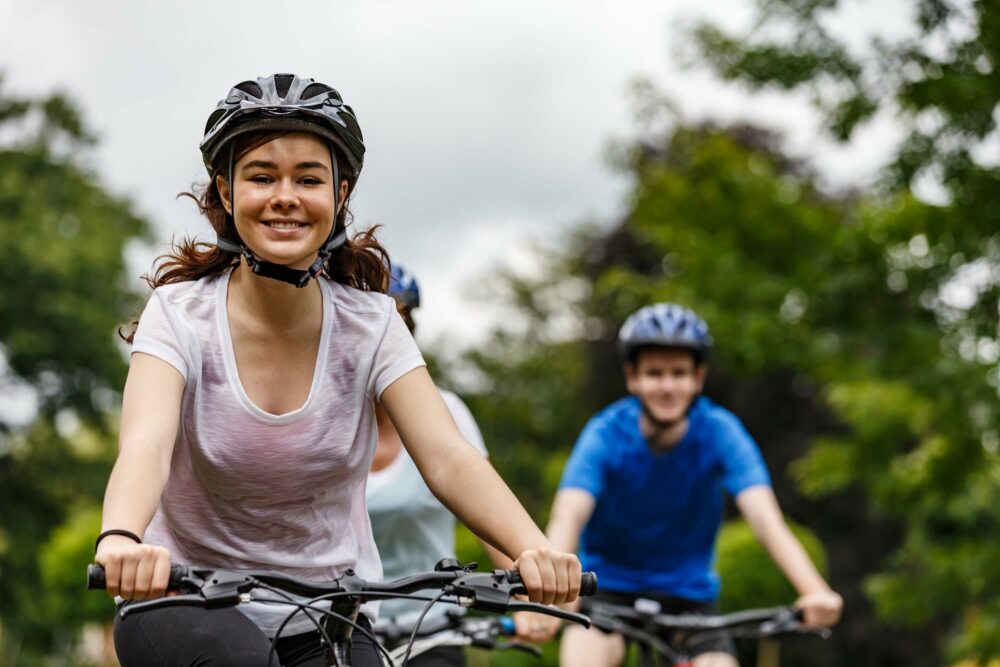
Teens with additional needs
It’s important to acknowledge that not all children develop at the same pace, and not all teenagers will be confident cyclists by this age. In fact, there are plenty of youngsters who might be starting out from scratch, and need a little more assistance and support.
If you have a teenager learning to ride a bike for the first time, there are big balance bikes for taller children that can make the process a lot easier for them. They’ll get all the same benefits that come with learning to cycle with a balance bike instead of stabilisers.
We’ve got a couple of other very handy guides for parents of older children with additional needs. For tips on learning to ride, check out our article on how to teach an autistic or neurodivergent child to ride a bike, and once you’re all out riding together, you might find some useful information in our guide to cycling with older kids who have a disability or special needs.
Are you the parent of a cycling teenager with any advice to add? Did you cycle in your teens? If so, tell us all about it in the comments below.
Other articles you might be interested in:
Easter holiday rides
Recent posts
-
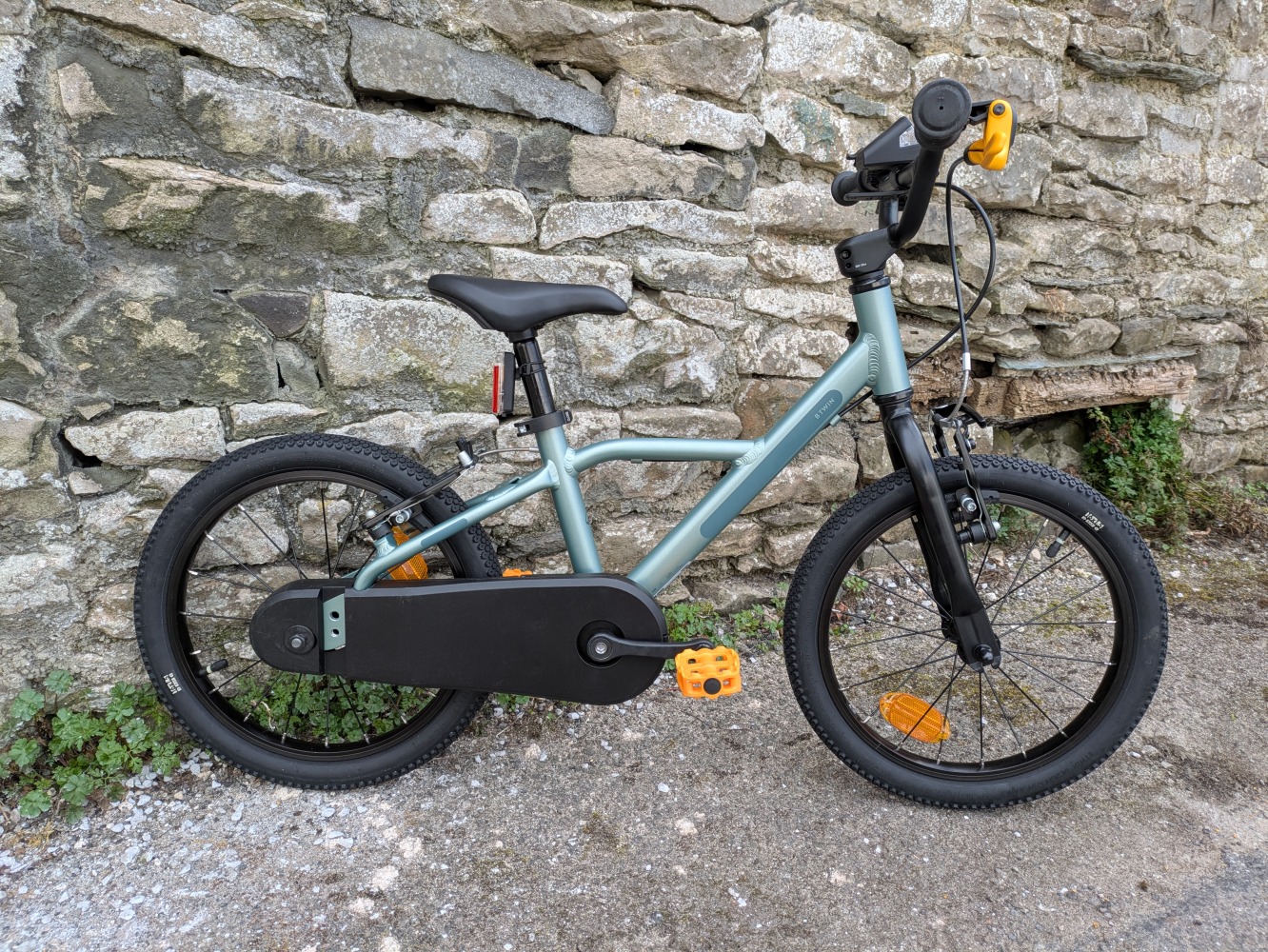 BTWIN 16” Discover 900 First Impressions Review: A budget-friendly 16″ Decathlon bike
BTWIN 16” Discover 900 First Impressions Review: A budget-friendly 16″ Decathlon bike
-
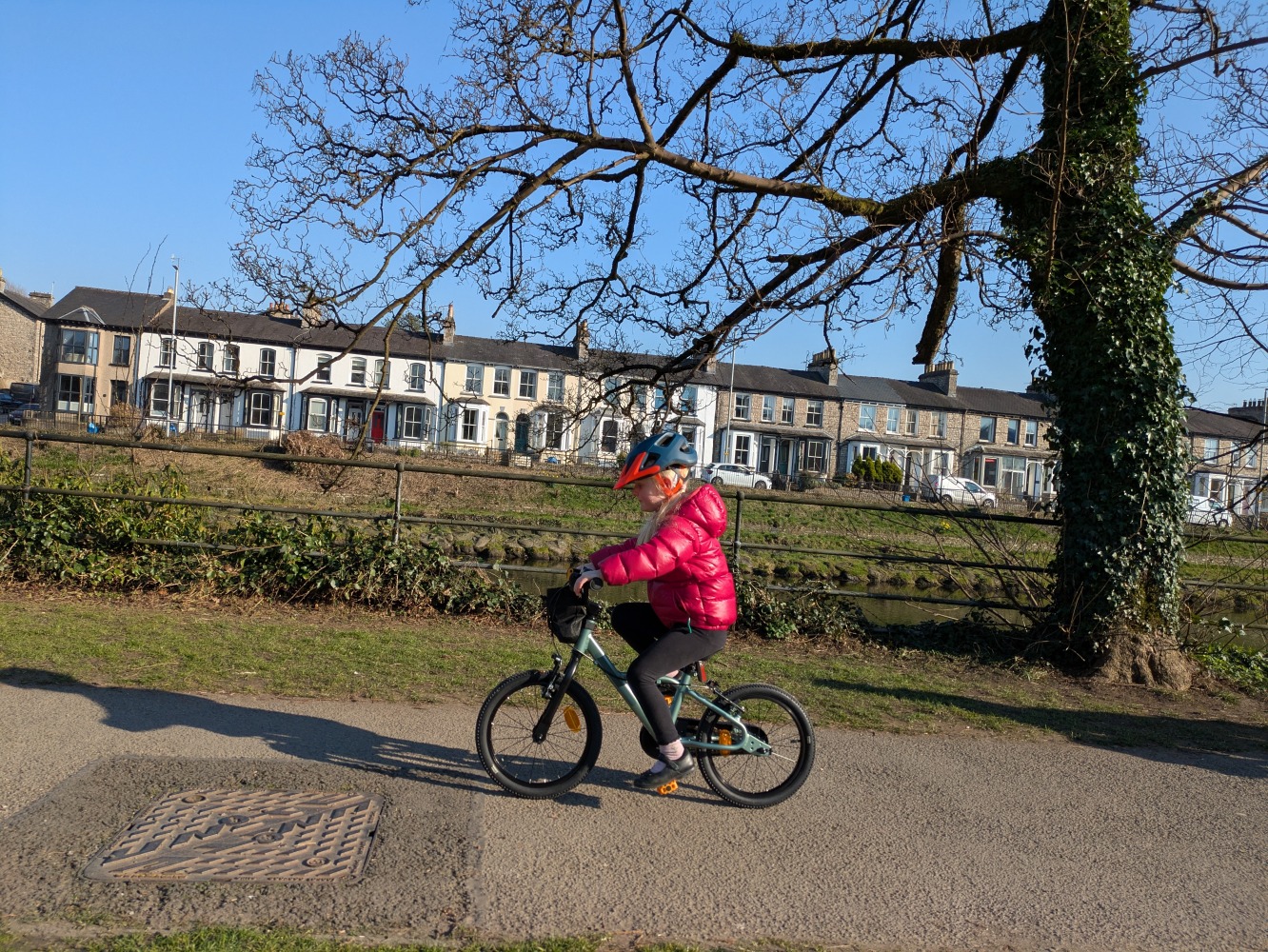 BTWIN kids’ bikes: a comprehensive range overview
BTWIN kids’ bikes: a comprehensive range overview
-
 3 incredible traffic-free family cycling routes in Austria & Italy
3 incredible traffic-free family cycling routes in Austria & Italy
-
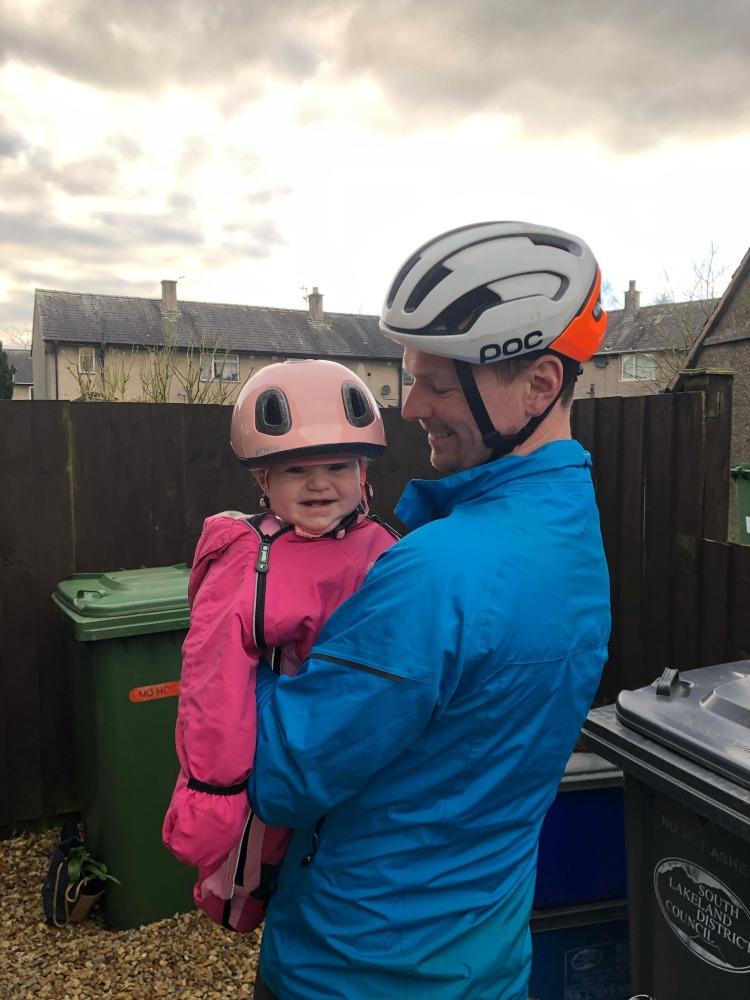 BTWIN 500 Baby Helmet Review: the smallest bike helmet available in the UK
BTWIN 500 Baby Helmet Review: the smallest bike helmet available in the UK
-
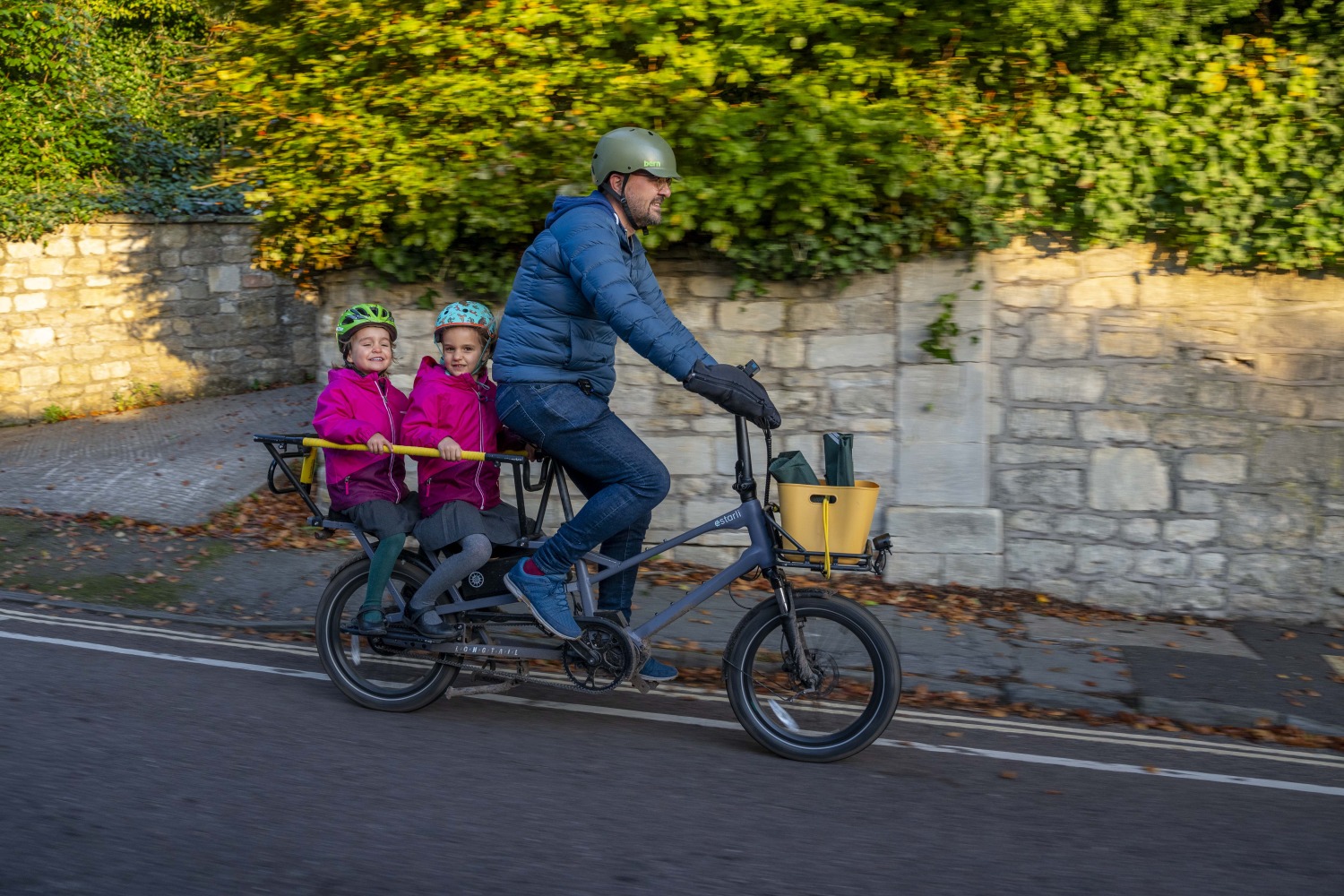 The joy of cargo biking – How electric cargo bikes are transforming family life
The joy of cargo biking – How electric cargo bikes are transforming family life
-
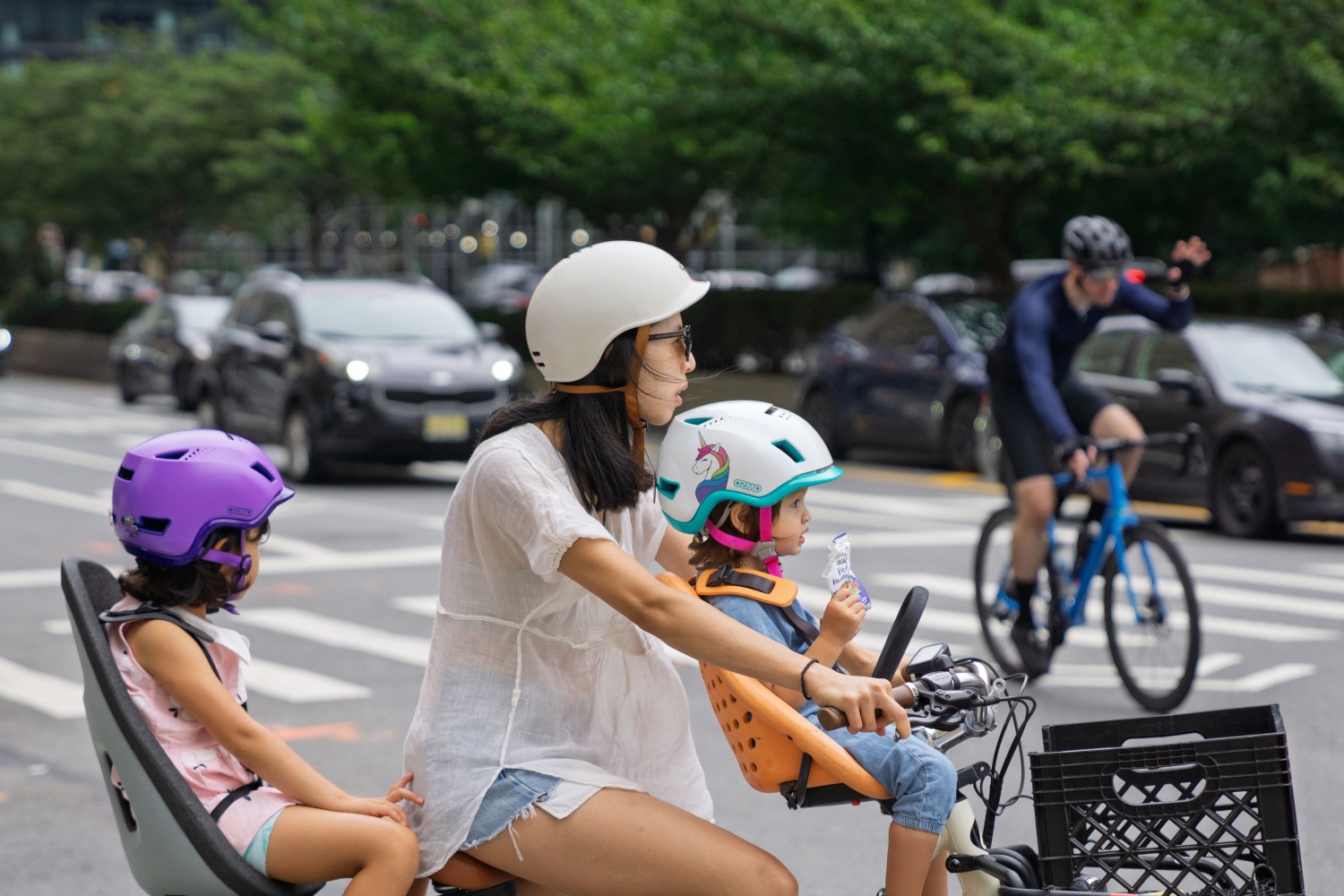 First e-bike helmet for babies: the Ozmo Helmets Kickstarter campaign
First e-bike helmet for babies: the Ozmo Helmets Kickstarter campaign
-
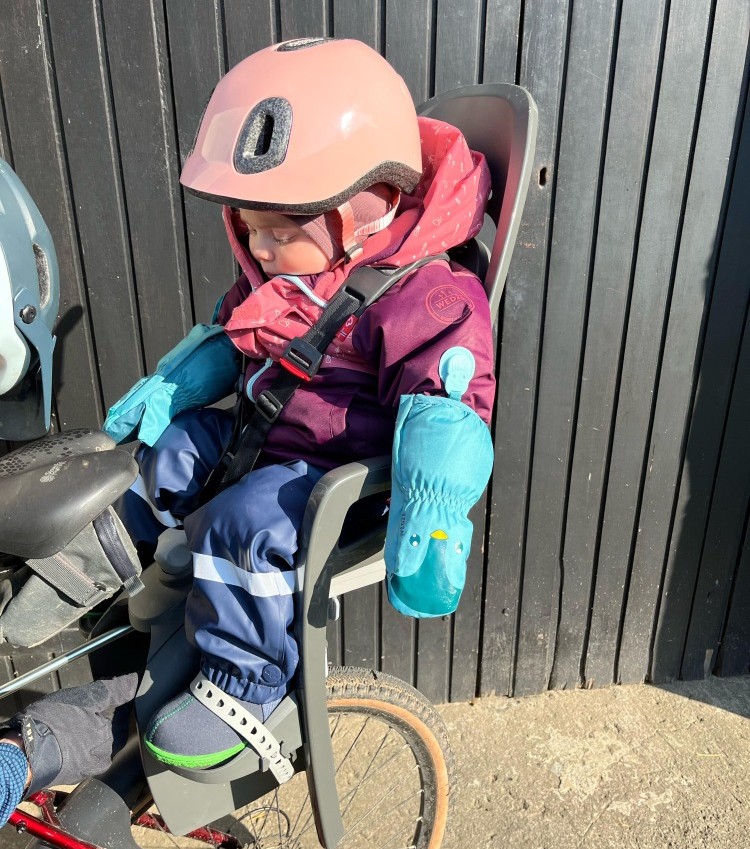 Hamax Zenith Relax Review: A reclining rear bike seat
Hamax Zenith Relax Review: A reclining rear bike seat
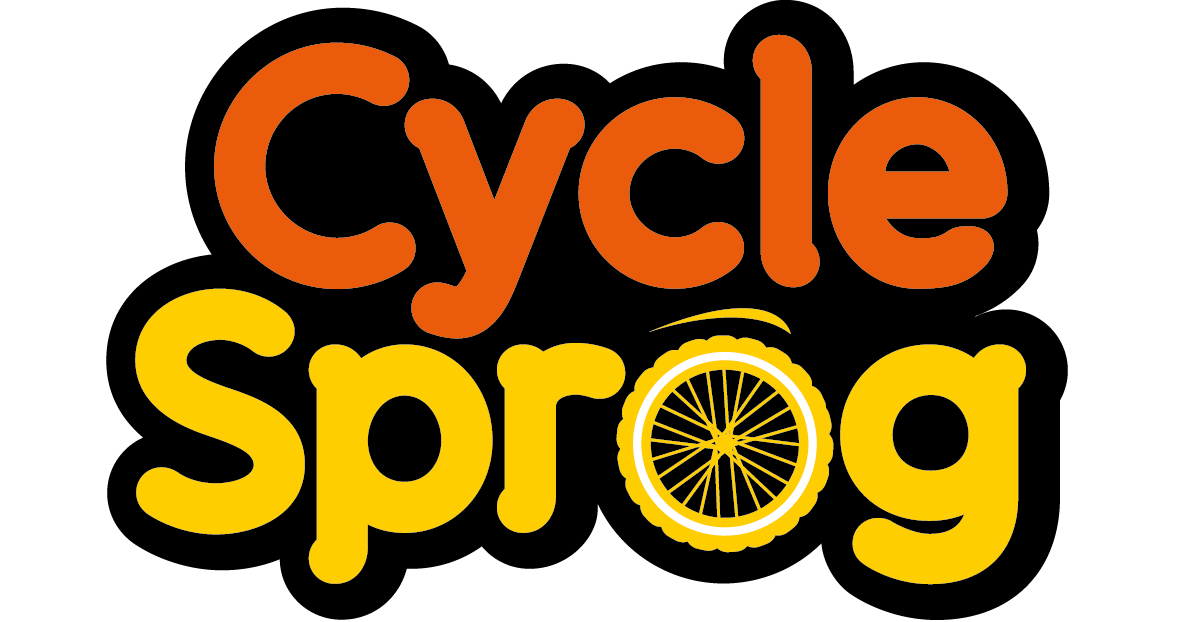




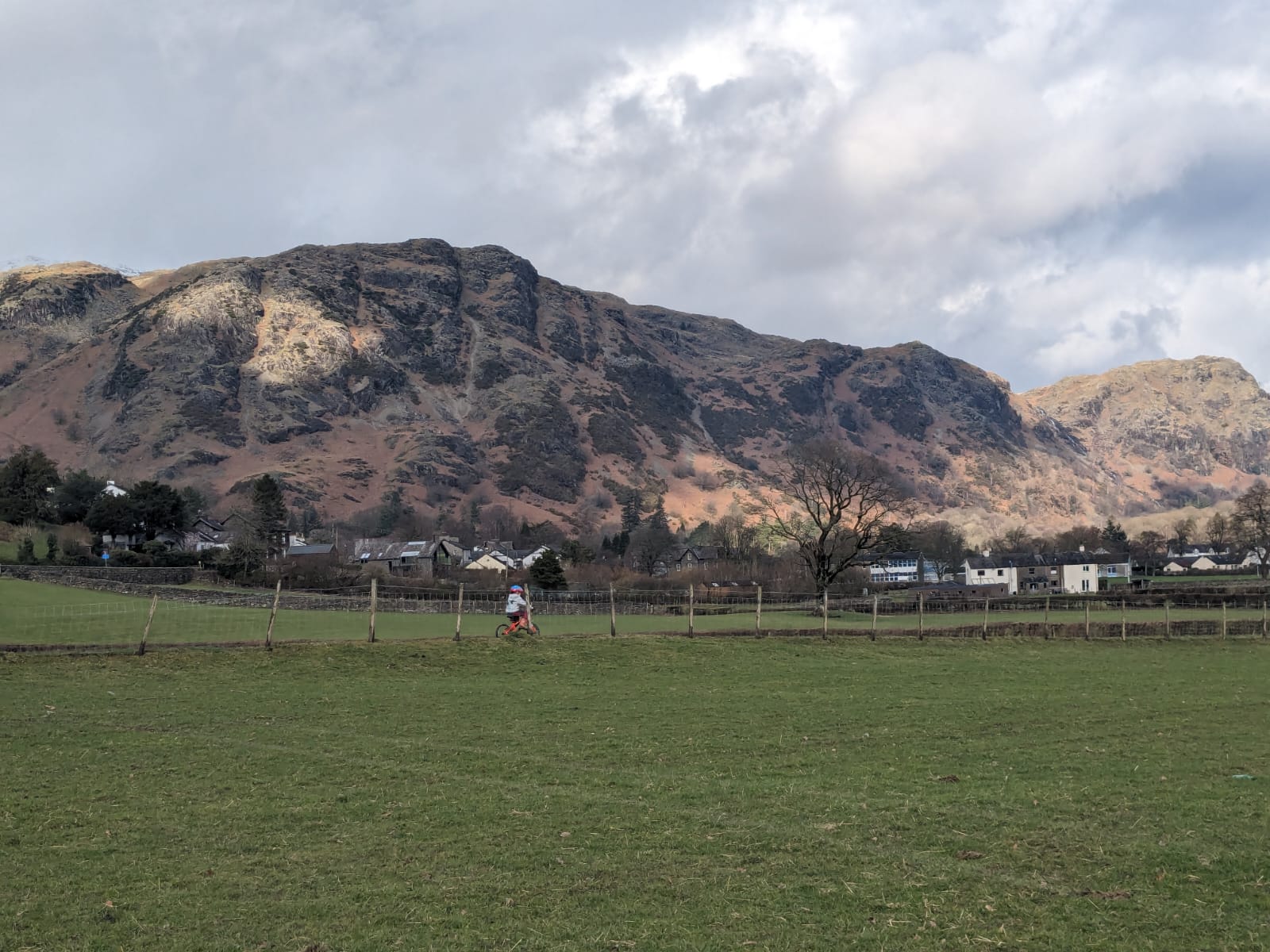
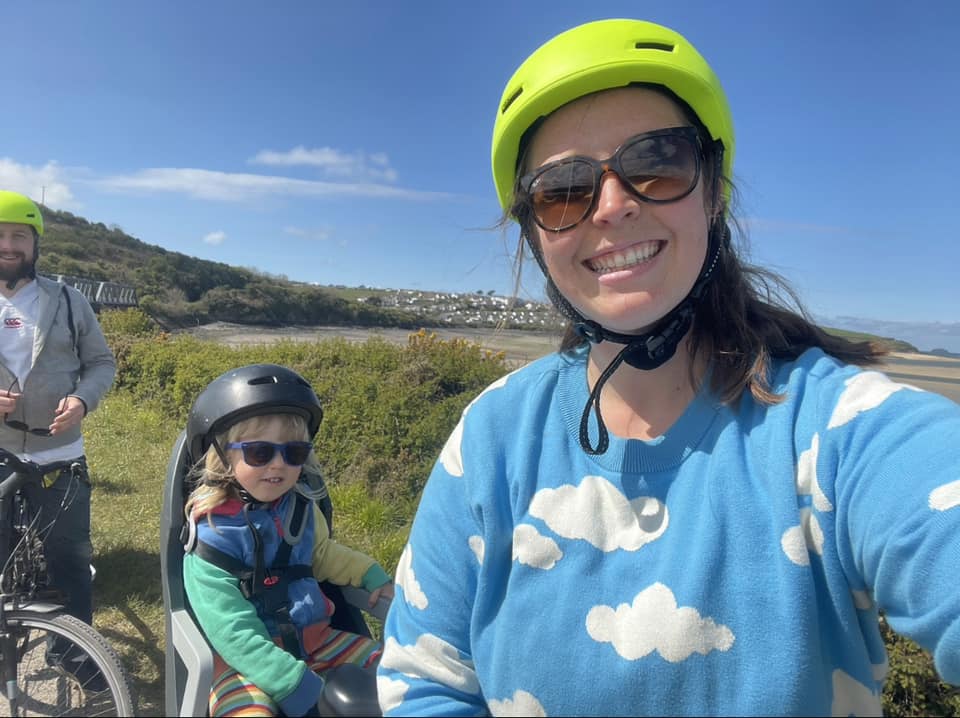
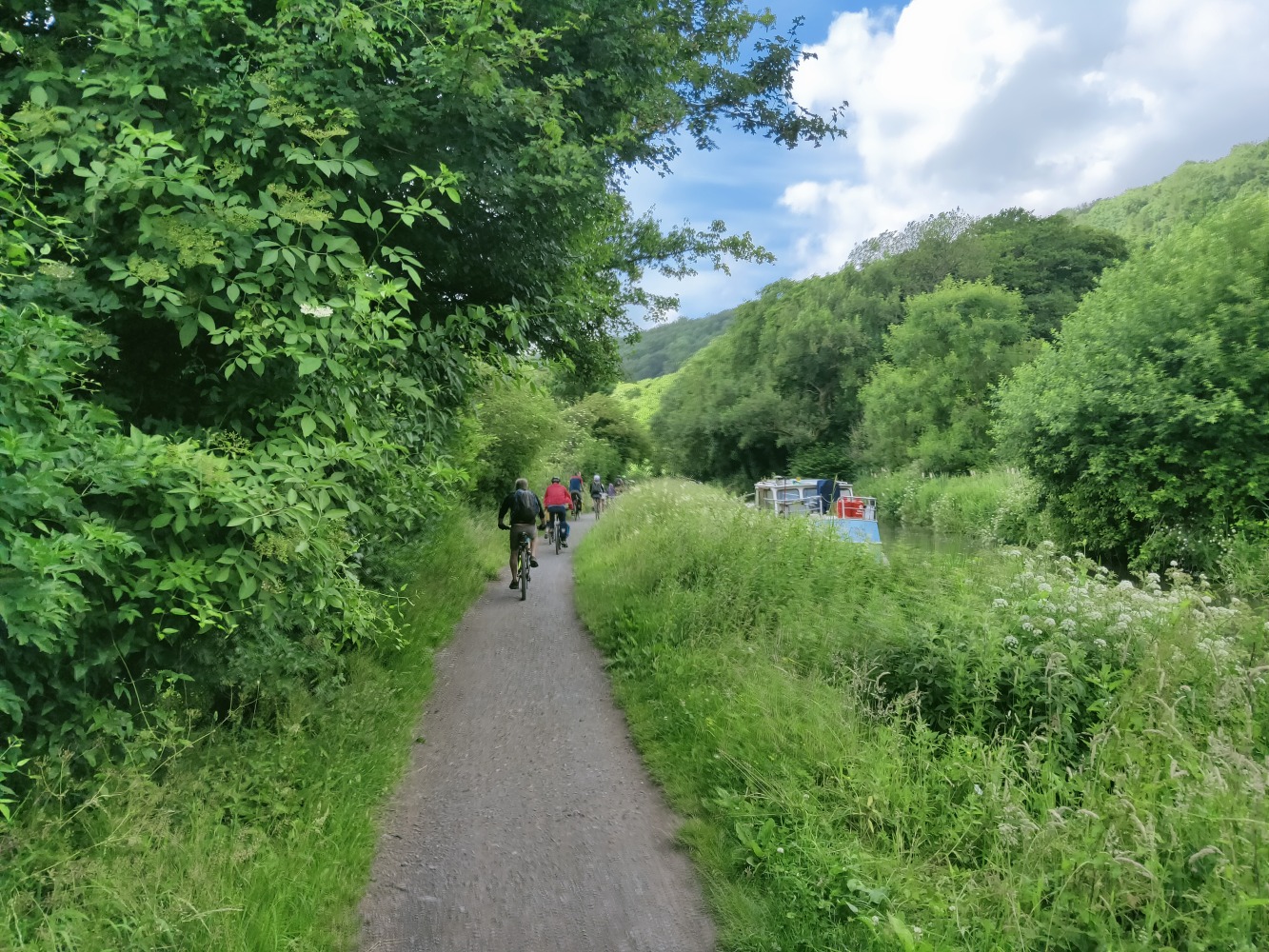
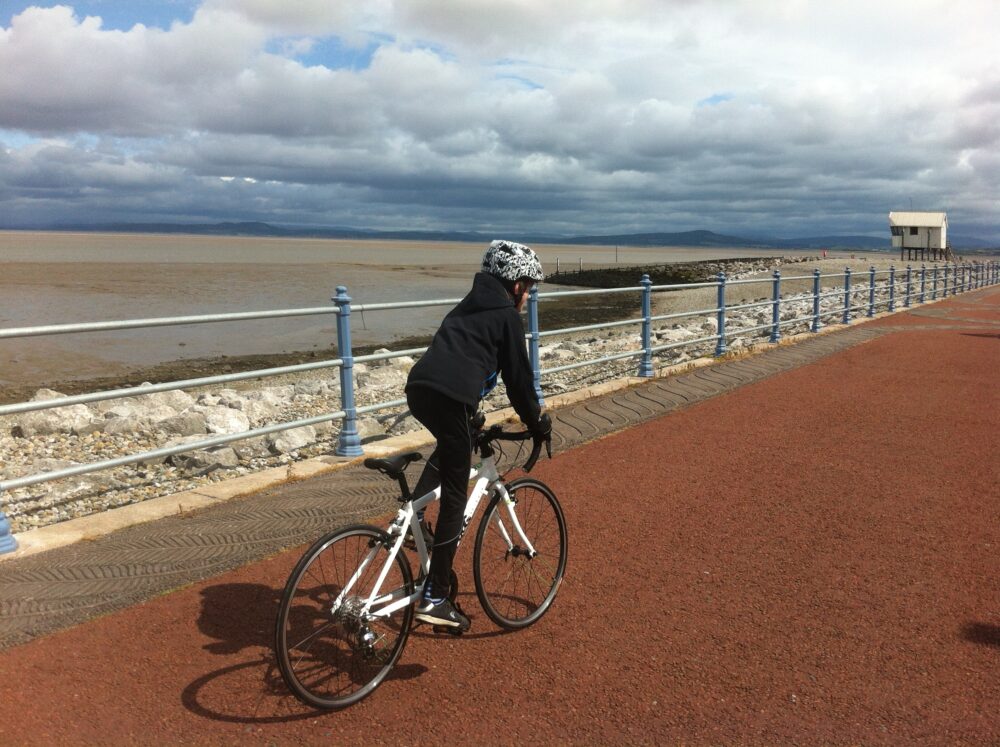

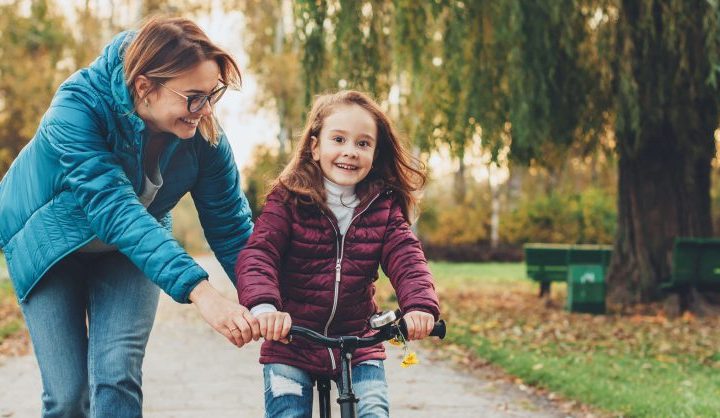
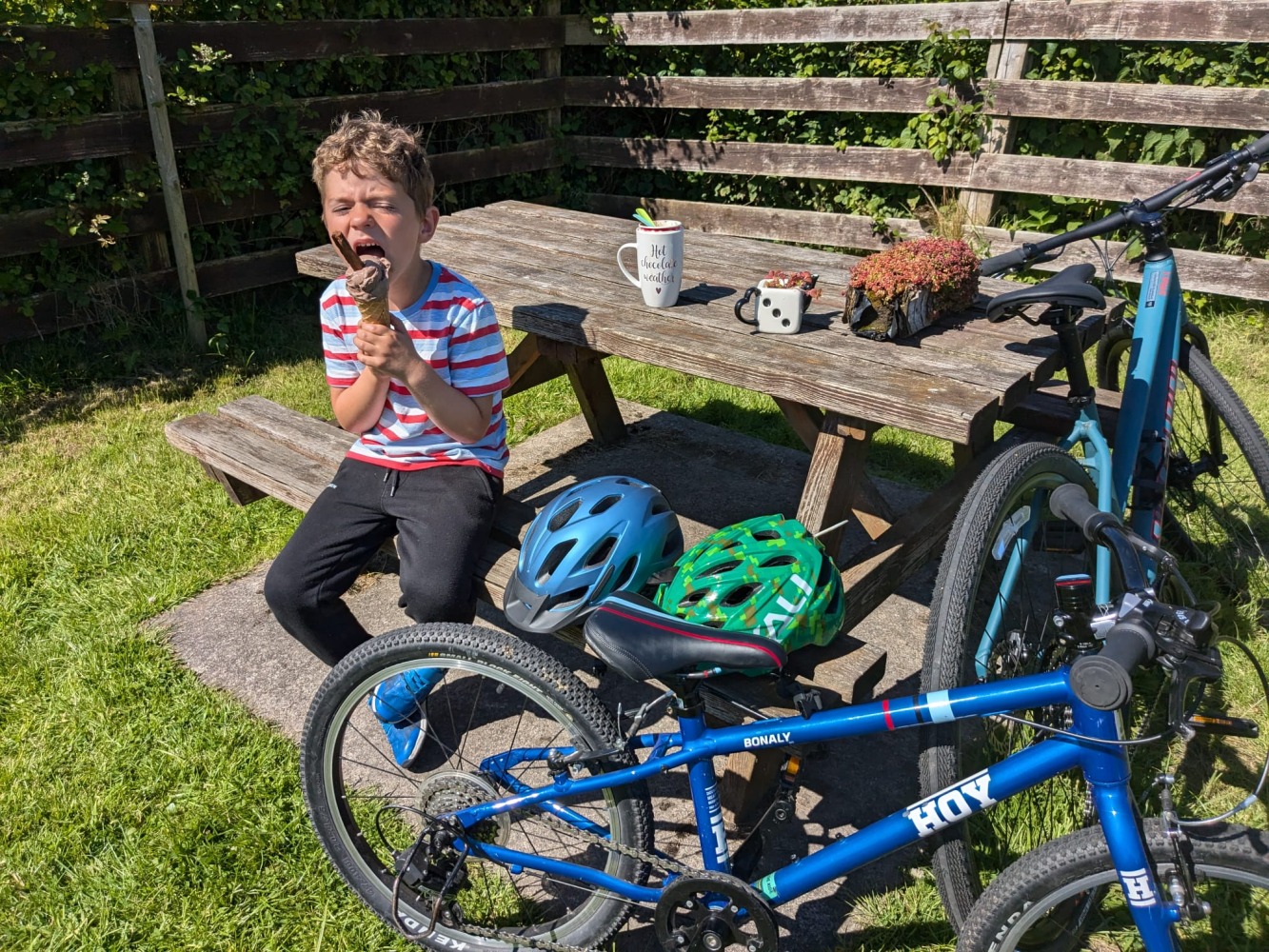
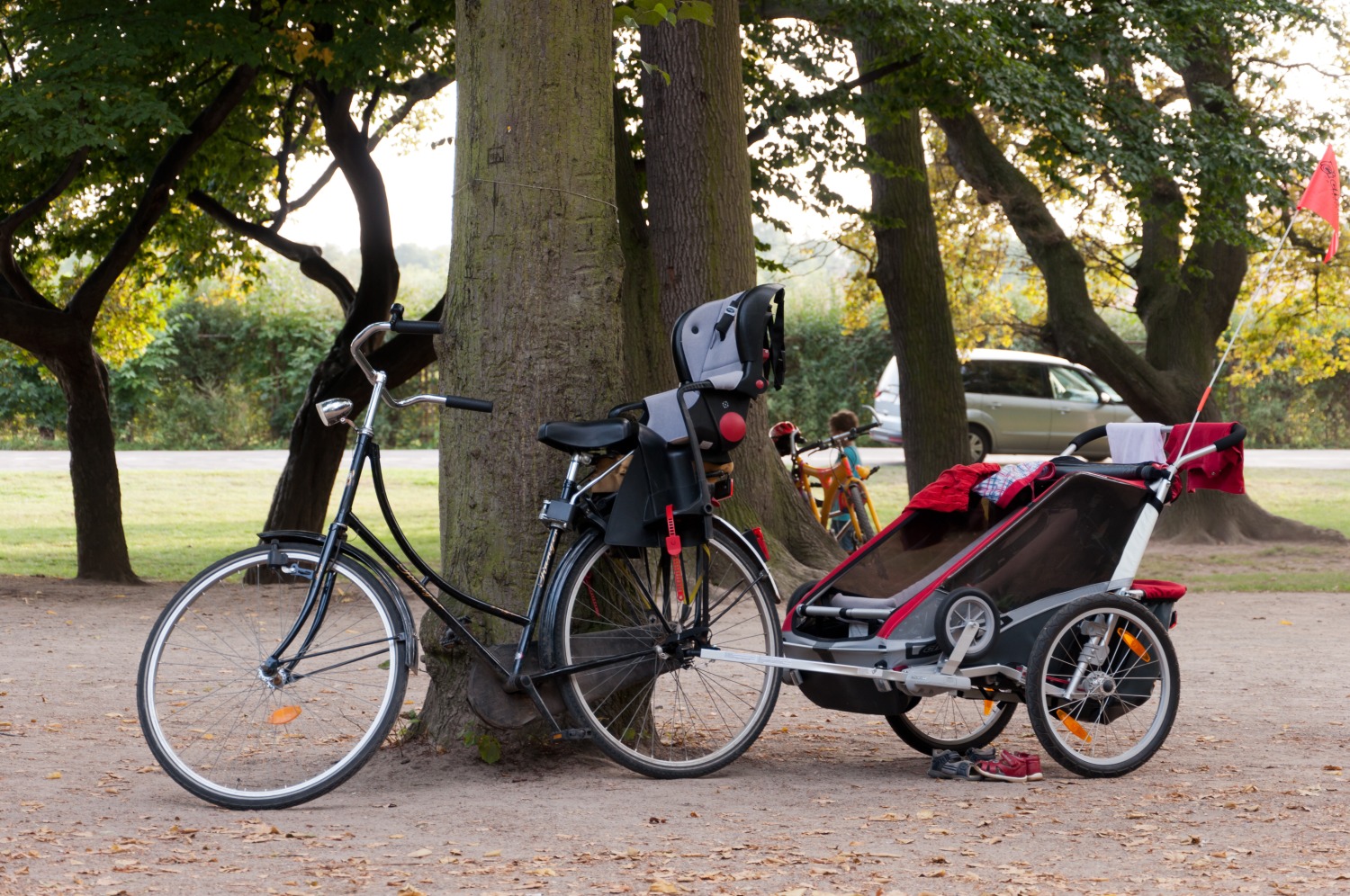
Comments